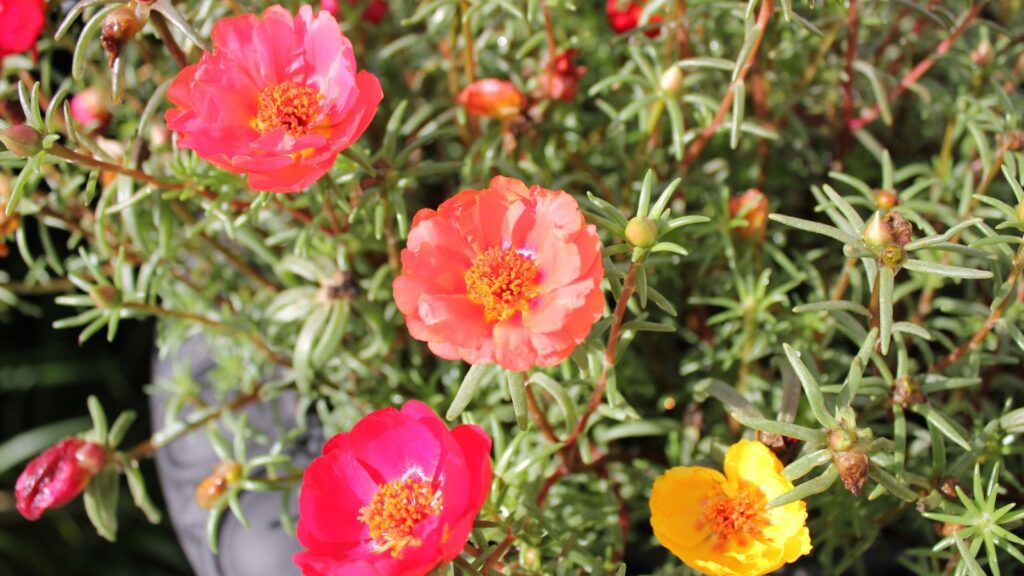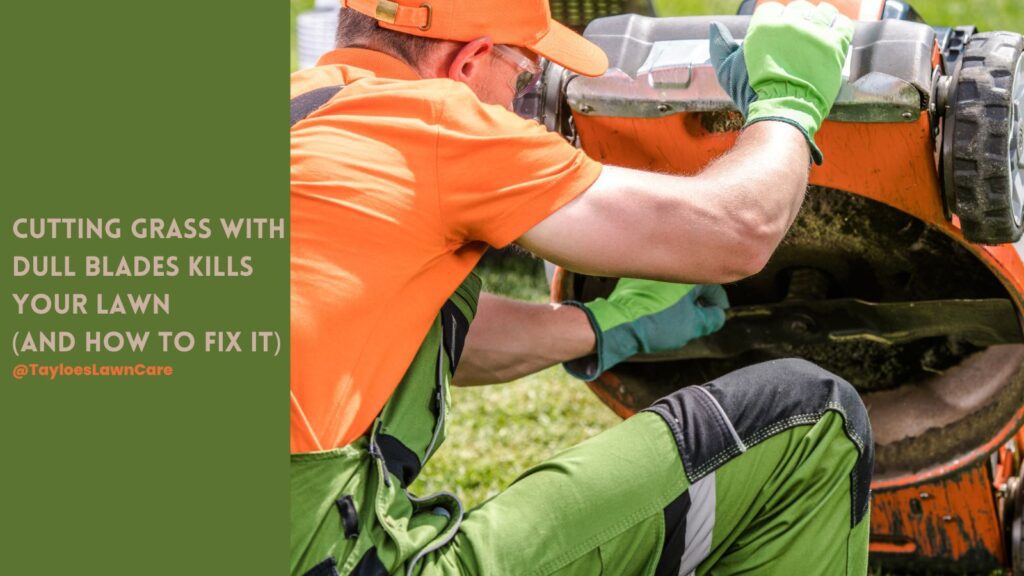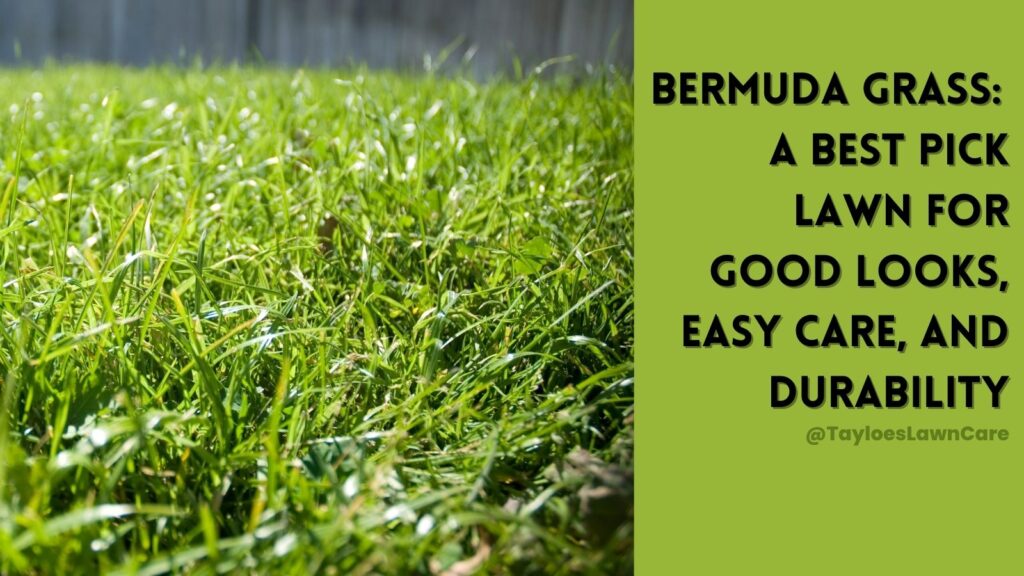Last Updated on: 30th December 2025, 05:02 pm
The moss rose gives your landscape stunning color with less work.
Portulaca – the moss rose – is quite a hardy species belonging to the genus Portulacaceae. Though there are close to a hundred species already identified, the most common type grown by many is the Portulaca grandiflora.
Portulaca grows eight inches tall, spreads two feet wide when mature, and produces succulent foliage – proof of its drought-tolerance ability. The plant is ideal for bedding and will work perfectly well in flowerbeds, especially in drier regions.
Portulaca also makes an excellent ground cover, thanks to its spreading nature.
Where to Grow Portulaca Flowers
Portulaca plants are great candidates for containers and flowerbeds; however, they’ll still thrive in hanging baskets.
They’re able to withstand high temperatures and wind. Therefore, it will survive in a xeriscape garden with less water supply. Grow them in loose and well-draining soil, ensuring the location receives between six and eight hours of direct sunlight daily.
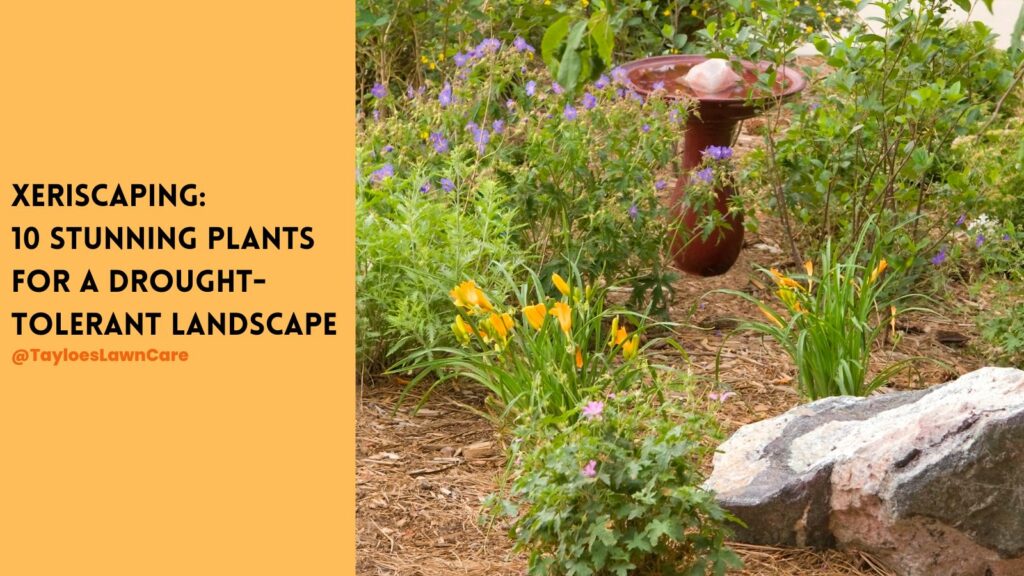
Growing Portulaca in Hanging Baskets
For fully open beautiful blooms, ensure you place the plant where it’s guaranteed direct sunlight for most of the day. When it sits in the shade, the flowers close up.
Pair your portulaca with other drought-tolerant, heat-loving plants like sedum to offer color between blooming cycles.
Moss Rose in Container Gardens
Growing portulaca in containers comes with very minimal care needs. Perhaps, only watering—otherwise, tasks like pruning and deadheading aren’t necessary.
However, you may want to prune the seedpods to prevent the plant(s) from dropping seed, especially if your portulaca is outgrowing other companion plants in the container.
Water regularly (every other week) to encourage more abundant blooms. Let the topsoil dry out before your next watering.
Also, ensure that the soil is well-draining, and consider fertilizing lightly if the flowering process appears slow.
Growing Portulaca as a Ground cover
Though portulaca plants spread to form a dense mat, they aren’t invasive (except for a few varieties) and will just spread within their designated area—making them a perfect ground cover plant choice for small gardens.
Planted in poor, dry soils, they will still flourish. However, you want to keep the soil moderately moist because soggy conditions will easily kill them. Avoid overwatering.
Moss Rose is Perfect for Heat-Tolerant Gardens
Naturally, Portulaca flowers will thrive in most soil types but will appreciate sandy, well-drained soil.
They’re very tolerant of high heat and drought and easily spread and seed on their own; therefore, the best bet for your summer garden.
Portulaca Oleracea vs. Portulaca Grandiflora
Though they belong to the same family of Portulacaceae, P. oleracea and P. Grandiflora are two different species.
One is edible, and the other is not. Grandiflora is primarily grown for ornamental purposes, while purslane (P. oleracea) is considered the common edible “weed.”.
Both portulaca and purslane produce seeds like you can’t imagine – estimated at thousands per plant. In fact, purslane seeds are said to have a viability span of up to forty years.
You’ll notice purslane varieties pop up even in parts of your garden where you never planted them—which can be annoying sometimes. To prevent that from happening, consider container gardening.
For portulaca Grandiflora, consider removing the withered blooms—to help redirect the plant’s energy to producing new blooms and prevent the spread of seeds.
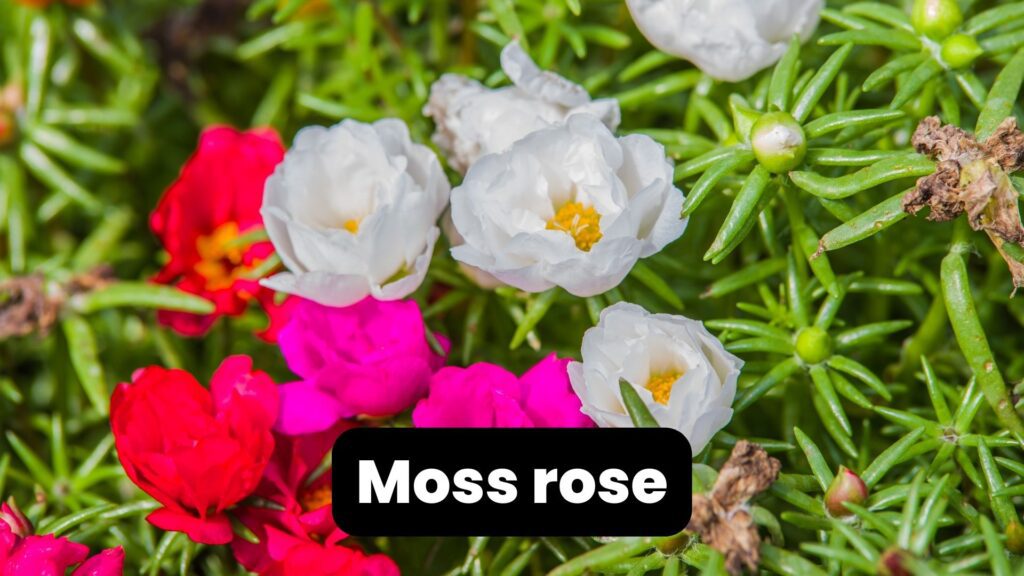
Starting Portulaca Seeds
Portulaca plants can be grown from seed early indoors and then transplanted outside after frost.
Alternatively, sow the seeds directly into the ground immediately after the threat of frost has passed, or even grow them in containers.
Starting the seeds indoors
- Sow six to eight weeks before your area’s last frost, preferably in the spring. Use a seed starting kit.
- Sow the seeds a one-eighth inch deep in your seed starting formula.
- Maintain the soil moisture to help boost germination.
- The seedlings should emerge after ten to fourteen days.
- Once they germinate, offer sufficient light, if possible, on a sunny windowsill. Alternatively, grow the seedlings under fluorescent plant lights—place them 3 to 4 inches beneath them for approximately 16 hours a day.
- The lights should be on 16 hours a day and then off for 8 hours at night.
- Be sure to keep raising the lights as your plants grow taller.
- Once the seedlings develop two sets of leaves, consider thinning to a single seedling per cell.
- Since they won’t require much fertilizer, only feed at three or four weeks old with a starter solution, following the manufacturer’s directions.
- Remember to harden off the seedlings before planting them in the garden. This helps harden the cell structure of the plants while also reducing transplant shock.
- Begin by moving them outside for a week—in a sheltered place. Offer protection from hot sun and wind at first.
- If there is a frost threat, bring the containers indoors (or cover them) at night, then take them outside again in the morning.
Compost and Mulch
- To further reduce transplant shock when transplanting, use compost.
- Unlike fertilizers, compost requires only a few applications and will stay longer, ensuring the soil remains healthy.
- The additional nutrients also help the plant adapt to its new environment and lower stress levels—paramount to an excellent transplant.
- Be sure to amend the soil with compost before planting to give your plants a good start.
- Avoid using immature compost as it may cause more difficulties to the plants.
- Consider mulching to help maintain even soil temperatures and retain soil moisture.
- Mulching with hardwood mulch or pine straw also helps keep weeds at bay.
Caring for Your Moss Rose Flowers
Once planted, portulaca flowers require virtually no care.
- Water only when the soil feels dry (to the touch) at the top. Use a watering can or garden horse to water the plants’ base—ensure you do not wet the blooms.
- Offer to feed it only when necessary. If you use fertilizers, apply a balanced slow-release type in mid-summer. Always adhere to the specifications labeled on the package. Then, water immediately. You can also mix a healthy handful of natural compost instead of chemical fertilizers.
- Remove wilted blooms to discourage self-seeding and to promote continued blooming the entire season.
- Regularly check the plants for aphids. Spray with a strong water stream or insecticidal soap spray to get the insects off the plants.
The Takeaway on Growing Healthy Portulaca in Your Garden
Care for it, neglect it…it will still thrive. However, portulaca won’t survive in a waterlogged environment.
And so, depending on your intended use of the plant, you may want to consider growing either one or both.
For edible purposes, go with common purslane. Choose seeds labeled Portulaca oleracea. You can as well try Portulaca sativa (golden purslane) or Portulaca pilosa (pink purslane). They’re also edible. Stick with Portulaca grandiflora (moss rose) if you want an ornamental blooming succulent portulaca plant.
Hope you enjoyed reading about this lovely little flower. We invite you to follow Tayloe’s Lawn Care Services on social media for even more tips. Need help with the yard or your dreams? Call or text us at 252.287.3376 for help.
Author Profile

- Maureen Abuor
- Maureen Abuor is a professional content marketing strategist and SEO strategist, with particular knowlege of creating landscaping and gardening content that informs and delights her audience. When she's not working, she's a busy mother of three precious little ones and child of God.
Latest entries
 Lawn CareApril 29, 2025Best shady area grass seed for Eastern NC
Lawn CareApril 29, 2025Best shady area grass seed for Eastern NC GardeningApril 15, 2025How do I make organic soil for the garden?
GardeningApril 15, 2025How do I make organic soil for the garden? Flower GardenMarch 7, 2025What are wave petunias?
Flower GardenMarch 7, 2025What are wave petunias? Flower GardenMarch 3, 202520 Full-sun annuals for your spring and summer garden
Flower GardenMarch 3, 202520 Full-sun annuals for your spring and summer garden

